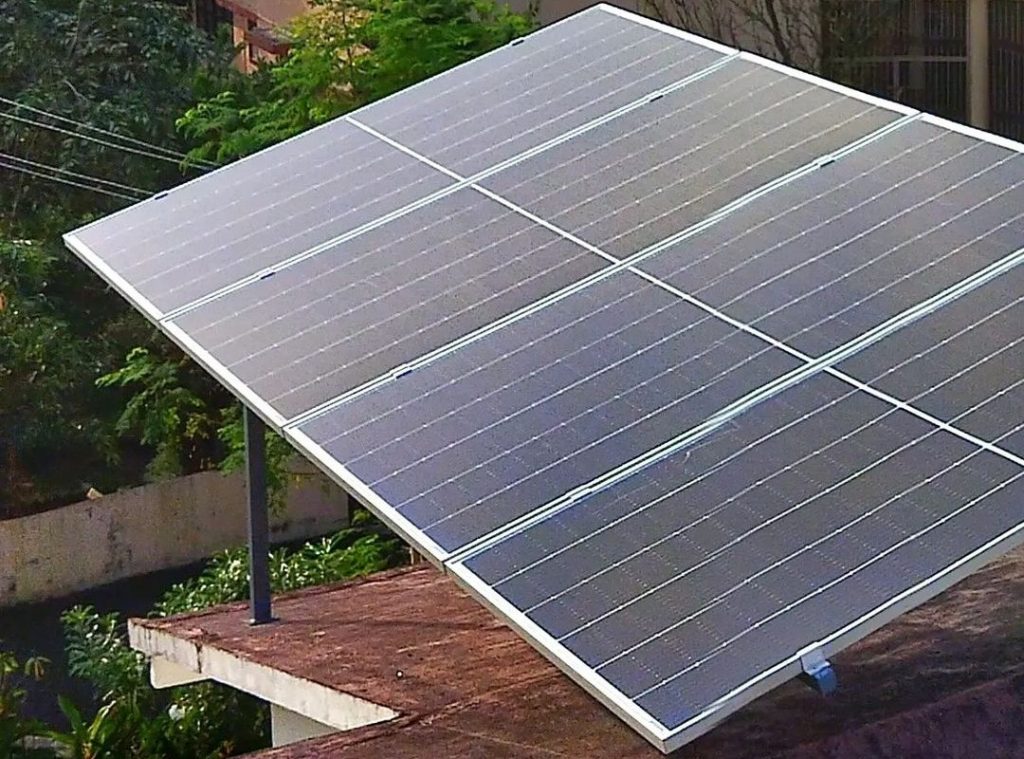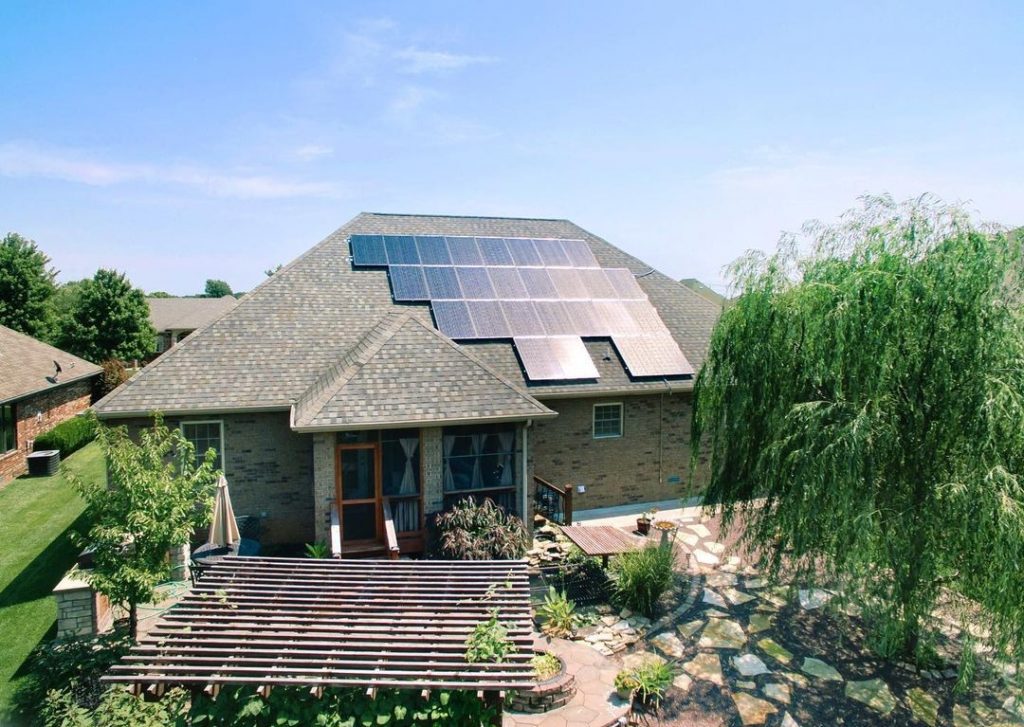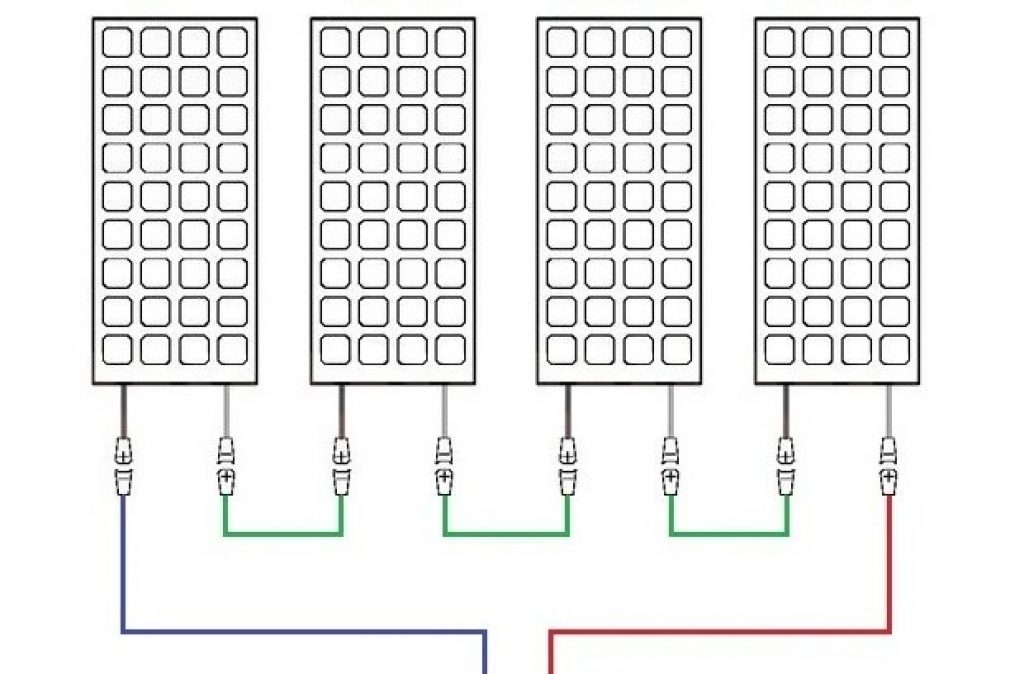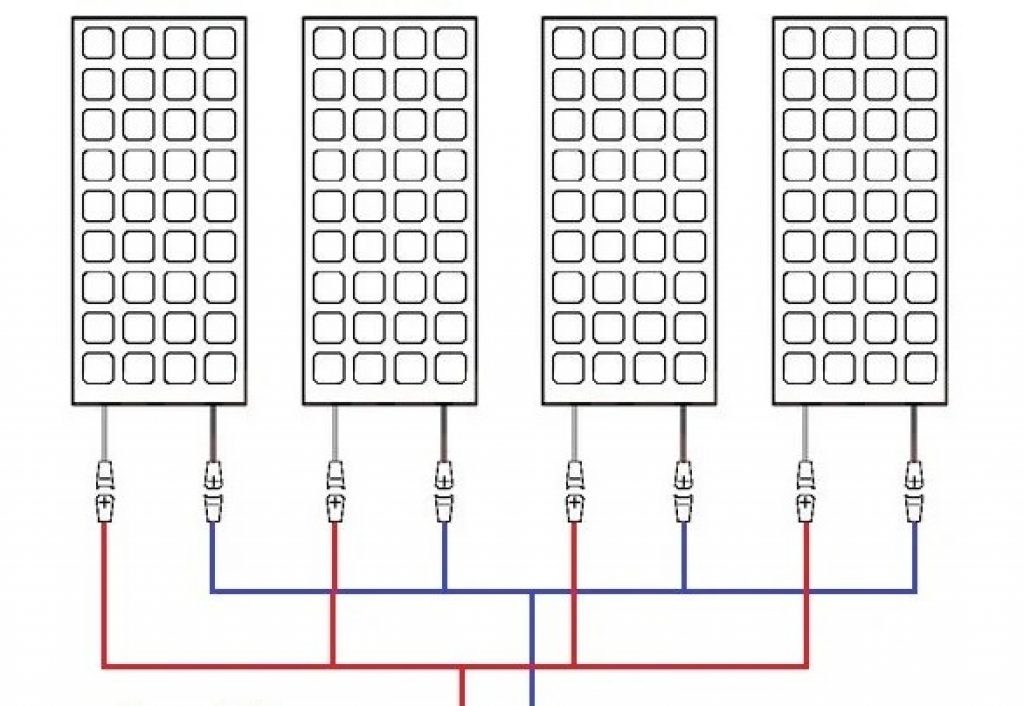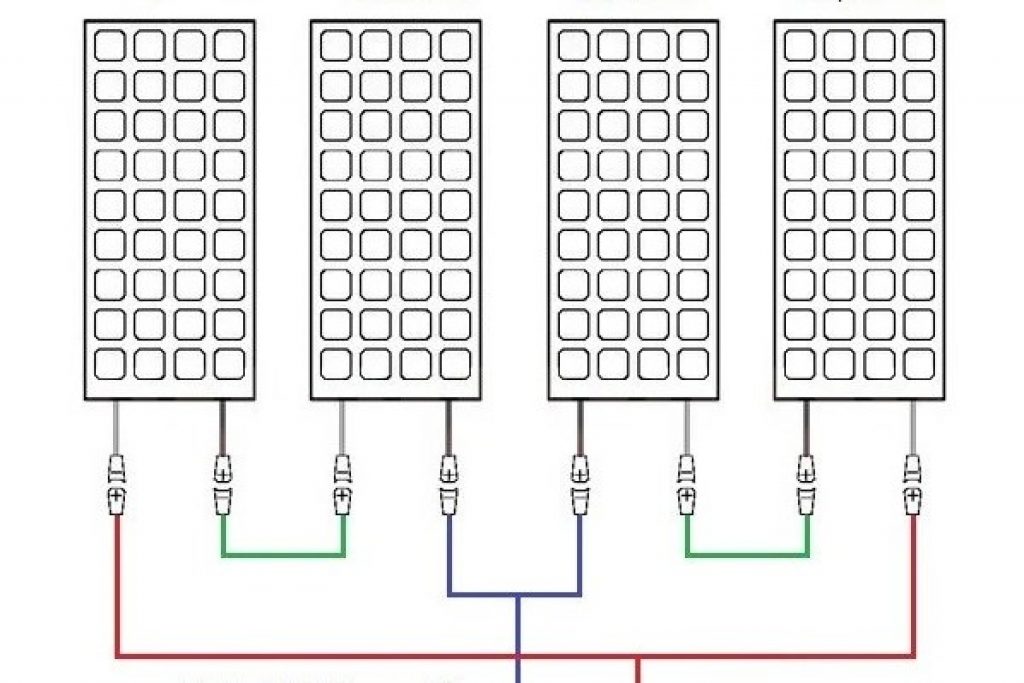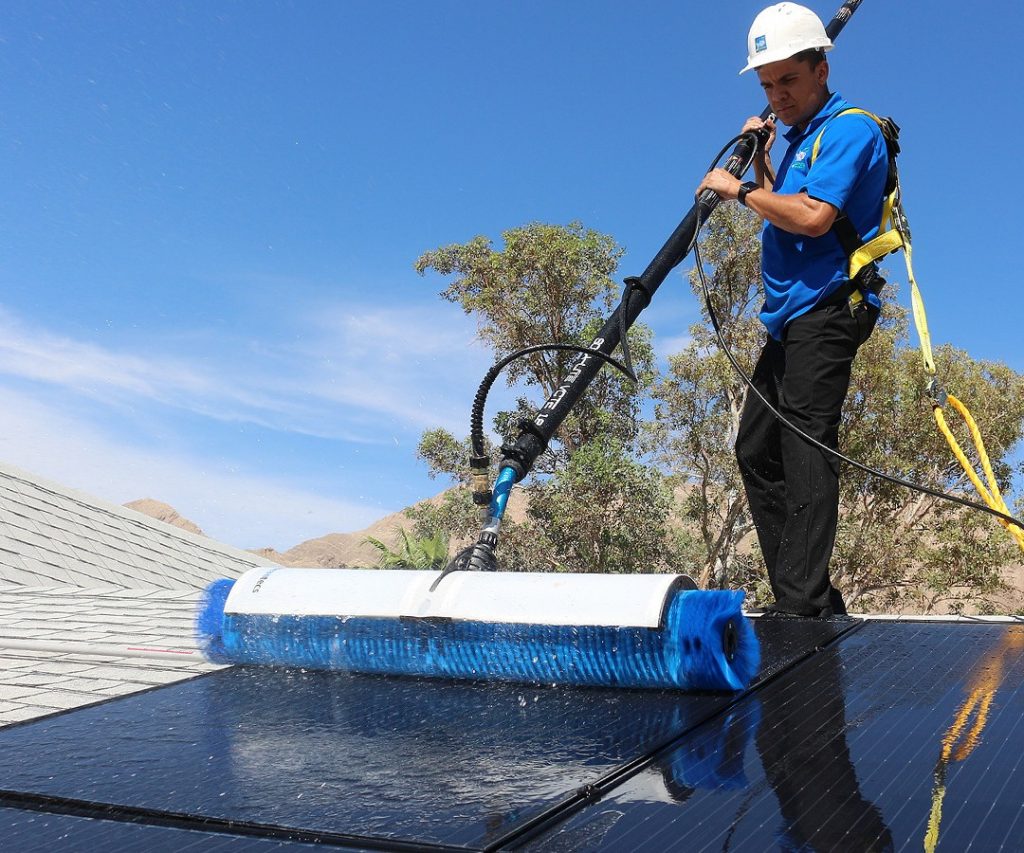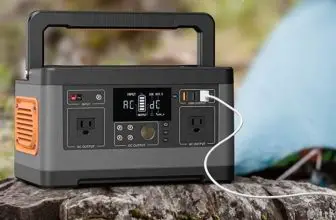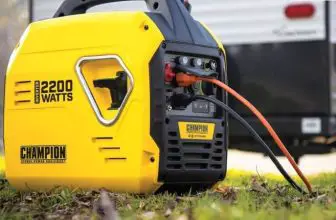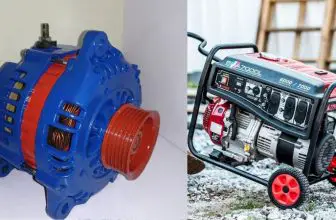
The use of solar panels has increased exponentially in recent years as the cost of traditional energy sources has continued to rise.
Solar panels are a clean and renewable source of energy that can be used to power your home or business.
Before you connect a solar panel, it is worth well to study the features of installation and device. There are a few things to consider before you install solar panels, such as the size of your roof and the amount of sunlight that it receives.
The initial cost of solar panels can also be a deterrent for some, but the long-term savings and environmental benefits make solar panels a wise investment.
It is also worth asking yourself the question – why do you need a home power plant, and what is the main purpose of its installation? As practice shows, there are several answers: the fight against permanent power outages, saving electricity, and the ability to create a fully autonomous power grid.
When the main goal is defined, then you can approach the technical side of the question. The prepared article will tell you how to connect the solar panel.
Solar Panels Overview
Contents
Solar panels (solar cells) are sets of “solar cells” connected to each other and enclosed in a frame. A “solar cell” (solar cell) is a small semiconductor device that converts light energy into electrical energy.
Light radiation causes electrons to be released and creates a potential difference so that current can flow between the electrodes attached to the two crystals. All wavelengths shorter than one micrometer can produce electrical energy.
Solar cells convert sunlight into usable energy. They are often used as power cells in small electronic devices like a pocket calculator. Panels of several thousand batteries can produce several hundred watts of power.
Why Solar Panels Are Needed?
The use of solar energy is the only way for mankind to ensure not so much a happy future, but simply the future. And all because today, the most commonly used fossil fuels are petroleum products, gas, and of course coal and others.
However, their constant use has led to the irreversible reduction of energy resources on Earth. And this, in turn, can lead to the most pernicious consequences, namely global warming and the creation of the so-called greenhouse effect.
Therefore, we must find a way out of this very difficult situation as quickly as possible. And it is found – it is necessary to look for alternative energy sources that do not harm the environment.
Practice shows that there are several main reasons why people install solar panels:
- Fighting constant power outages;
- Saving energy;
- Ability to create a fully autonomous power grid.
Precautions
When it comes to solar panels, safety should always be a top priority. After all, you are dealing with electricity and there is always a potential for danger. Here are some safety precautions to take when installing solar panels:
- Always follow the manufacturer’s instructions. This might seem like an obvious one, but it’s important to stress. The manufacturer knows the product better than anyone and their instructions will be specific to ensure a safe installation.
- Work with a professional. Unless you are a qualified electrician, it’s best to leave the installation of solar panels to the professionals. They are trained and experienced to do the job safely.
- Use the proper equipment. Make sure you have the right tools for the job and that they are in good condition. This includes things like ladders, power drills, and other electrical equipment.
- Be aware of your surroundings. Take into account things like the weather, wildlife, and other potential hazards that could impact the installation process.
- Have a plan. Before starting work, map out exactly what you need to do and how you’re going to do it. This will help you stay organized and focused, and it will make the job go much smoother.
By following these safety precautions, you can help ensure a safe and successful solar panel installation.
How Solar Panels works
Sunlight hitting the silicon wafers of solar panels releases electrons, which begin to move along the conductors. An inverter converts direct current into alternating current to power standard household appliances.
Tools and Materials
You will need some basic equipment to wire solar panels, including wire cutters, wire strippers, and a soldering iron.
Do not forget personal protective equipment, such as gloves for electricians, safety glasses, and construction headphones.
Pros and Cons of Solar Panels
Pros
- They are a renewable energy source;
- Require little maintenance;
- Generate power even on cloudy days.
Cons
- They can be damaged by severe weather;
- They require a large amount of space;
- They can be less effective in cold climates.
How to Wire Solar Panels
To begin with, we need to understand what is included in the standard set of solar power plants. The main elements of the system are represented by the following devices:
- Solar cells are also called solar cells, panels, or photovoltaic converters. They are needed to convert sunlight into electricity;
- Solar panel controller. Keeps track of the charge and discharge of the battery;
- A battery, designed to store the generated electricity;
- Inverter – converts 12 volts into alternating 110 volts needed to run household appliances, lighting systems, and appliances.
The solar panel connection diagram to the controller, battery, inverter, and load is as follows:
- Solar panels;
- Battery charge/discharge level control system;
- Inverter and to consumers (home appliances);
- If there are no consumers at the moment, the charge is fed to the batteries and charged to them. Also, the batteries can give up their charge if there is no sun;
Scheme Series Connection
Sometimes you have to connect the batteries in series to get the right voltage. Therefore, let’s consider three basic ways of connection. The same recommendations for assembling a solar panel with your own hands from individual cells.
Scheme of the parallel connection
Parallel. In this case, you need to connect the same-named terminals with each other: plus to plus, minus to minus. As a result, the output voltage will remain the same at 12 volts, but the output current increases.
In series. The plus of the first panel must be connected to the minus of the second. The remaining plus of the second battery and the minus of the first battery should be connected to the controller. The result is an output of 24 volts.
Scheme of the series-parallel connection
Mixed (series-parallel). This solar panel wiring scheme involves connecting several groups of batteries. Inside each group, the devices are connected in parallel, and then in series. This connection option provides the desired voltage and output current (power). For battery connection, the recommendations are similar: in series connection the voltage increases, and in parallel connection the capacity and output current increase.
It’s hard to say which solar panel diagram is better, each has its own strengths and weaknesses. Everyone chooses between series vs parallel solar panels or mixed.
Result
As a result, you get a versatile system that can store excess energy in the batteries and, if necessary, use that reserve.
Recommendations
It is necessary to study in detail the market for solar panels and choose the best option for your needs.
Never connect the inverter directly to the controller. Such a connection would be disastrous for the home power plant! Each solar panel wire must be wired carefully.
Between all devices: controller, inverter, load, and battery, it is desirable to put fuses, which will protect the system in case of a short circuit in the network!
Keep in mind that the higher the battery capacity, the longer the redundant electrical appliances will be able to operate in stand-alone mode!
How to Wire Solar Panels Frequently Asked Questions
The most frequently asked questions are about solar panels and how to connect them.
Can you run your whole house on solar power?
The answer to this question depends on a few factors, such as the size of your home, the climate you live in, and your typical energy usage. In general, however, it is possible to run your whole house on solar power.
Do solar panels work at night?
No, solar panels work during the day when there is sunlight. Therefore, you need to set up the system so that there is an accumulation of charge in the batteries during the day and use it at night.
How long do solar panels last?
Solar panels usually come with a 20 to 25-year warranty, but they can last much longer than that. Many solar panels on homes and businesses are still going strong after 40 years.
Conclusion
Two decades ago, micro calculators with photovoltaic cells seemed like a gimmick, allowing them not to change the “battery-tablet” for years. Nowadays, cell phones with solar panels built into the back cover do not surprise anyone.
But this is nothing compared to cars and airplanes (albeit unmanned), which have learned to move using only solar energy. Entire homes are fully powered by solar panels.
The future of solar panels is extremely bright. We want to believe that solar panels will finally cure our dependence on fossil fuels.

